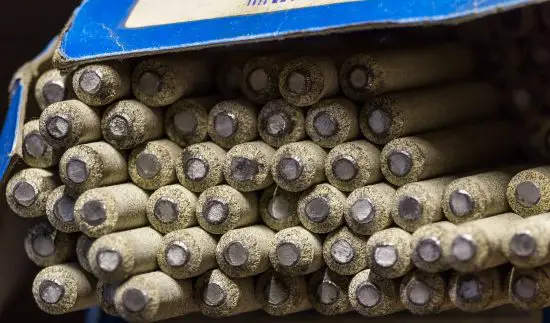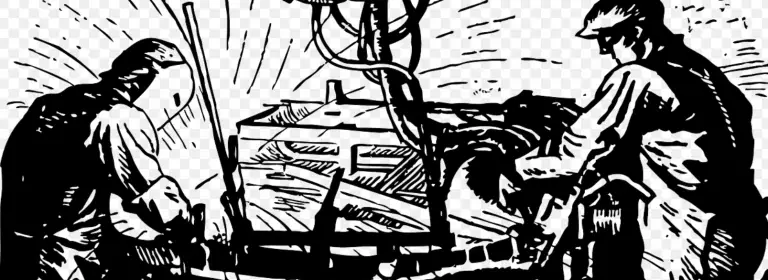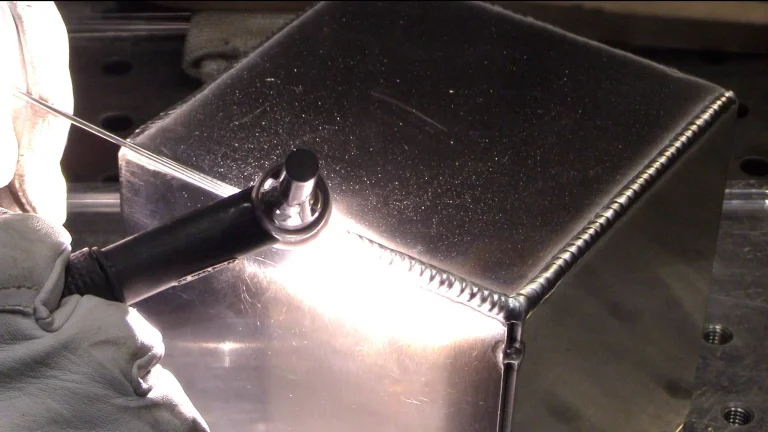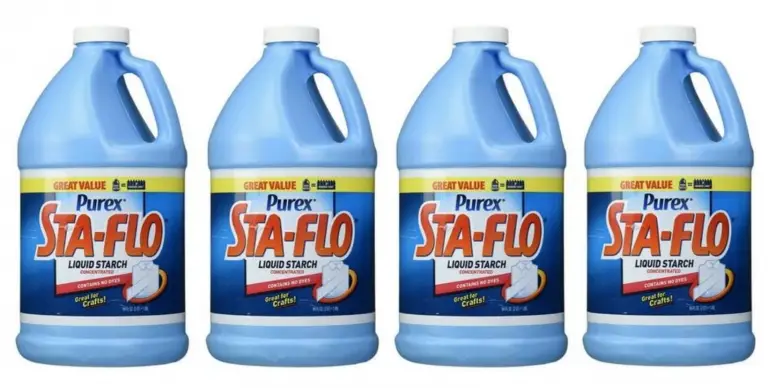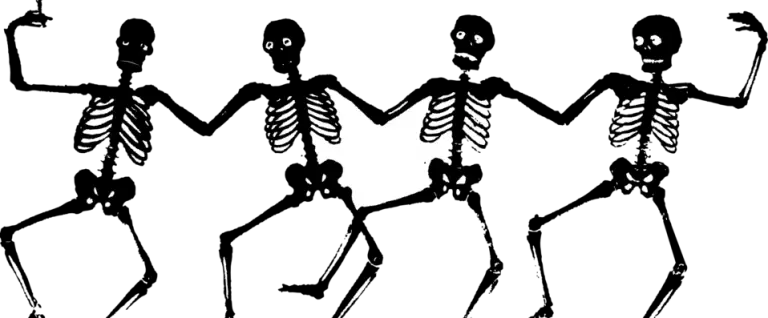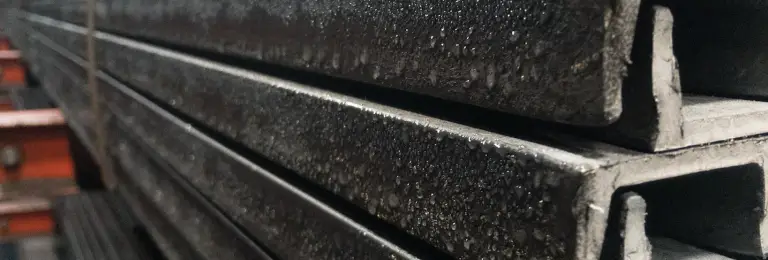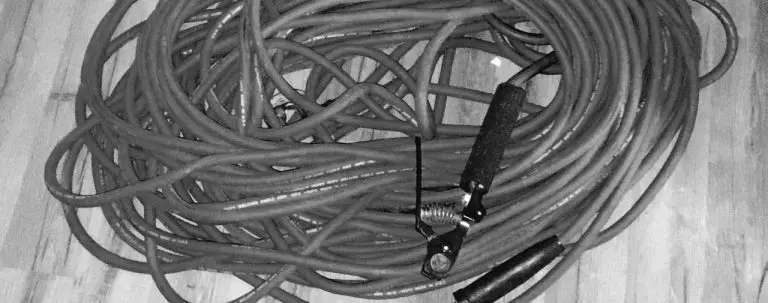Stick Welding Overview – What is it?
This post contains affiliate links.
Stick Welding Overview
Stick welding, also known as Arc welding, is a process in which an electrode containing filler metal and a flux coating is deposited to make a weld. It is quite versatile because in a way, it is an all in one type of process. This stick welding overview will give you some great beginners info.
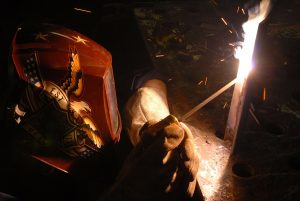
Stick Welding vs Other Welding Techniques

Using a separate gas bottle is essential for other welding techniques. With TIG welding, argon is the most popular shielding gas for mild steel and stainless steel applications. For MIG welding, usually, a 75/25 mix of argon and co2 is used to shield the welding arc.
In these other processes, the filler metal is separate from the shielding gas. With MIG, the wire feeds out of the MIG gun while the shielding gas flows out of the tip from a separate bottle.
With TIG, the shielding gas comes out of the torch which surrounds the arc that the tungsten initiates. On a side note, the expense of the gas cylinders and refills can be costly for someone just starting to weld.
TIG and MIG are widely used and they both have advantages, but it can be very hard to weld outside if it’s windy because the shielding gas can be blown away quite easily. Conversely,the flux surrounding the stick electrode shields the welding arc in all conditions. For this reason, stick welding is the main process that pipeliners use, as well as ironworkers and many structural jobs that require the worker being out in the elements.
Stick Welding Setup
The stick welding setup is quite simple compared to the other processes mentioned above. Most of the time, a DC (direct current) power source is used. Whether the operator is using a small inverter machine in a garage, or a large engine-driven machine in the field, the setup remains quite similar.
There are two cables that connect to the stick welding machine, these are referred to as leads. Similar to a battery cable for a car, leads are just tightly wound copper wires housed by a rubber coating. There are multiple sizes of leads depending on the amperage the welder plans on using.
Less amperage is needed for smaller jobs. For larger jobs, more amperage is usually needed. The larger sized leads have more copper wiring, and therefore are thicker than the smaller leads. This allows more current to run through the leads without frying the copper wiring.
For most steel applications, stick welding is run as electrode positive or DCEP. The lead that runs to the stick electrode is a positive current, and the lead that runs to the ground clamp is a negative current. With all welding processes, a ground connection must be used because the machine requires a current flowing out to the weld and a current flowing back into the machine (the ground).
Most basic machines will have two terminals that have negative and positive signs indicating the current type. In some applications, a negative current or DCEN may be used, in which case the operator would just switch the lead connections. Alternating current or AC is used in a lot of aluminum processes. This is used a lot in the TIG world and many people interested in aluminum welding will have to look at getting a machine with AC current.
Though manufacturers do make aluminum stick welding rods, it is not ideal as the final result is nowhere near the quality of a TIG or MIG aluminum weld.
Stick Welding Rod Types
There are many types of rods (electrodes) for stick welding. Industries have different welding codes and use rods based on those needs. Rods are identified by a set of numbers indicating the characteristics of that rod.
Let’s take a 7018 rod for example, which is one of the most widely used rods. The first two numbers “70” indicate the tensile strength the weld will have if it is properly performed.
- A “70” means the strength of that weld is 70,000 PSI (pounds per square inch).
- A “60” would mean 60,000 PSI, the list goes on and on.
Some rods go up to a strength of 110,000 PSI, so the first 3 numbers would be “110”.
The next number designates the welding positions that rod can be used for. For a 7018 rod, the “1” means it can be welded in all positions. These positions are flat, horizontal, vertical uphill, and overhead.
If there was a “2” instead, that rod would only be capable of being welded in flat and horizontal positions.
For rods with a “4” instead, this indicates the rod is all position as well, but can only be welded vertical downhill instead of vertical uphill. The vertical downhill position is popular with pipelining but is more of a specialty rod.
The last number of the welding rod is used to indicate the coating of the rod. For most welders, this is a bit in depth and not necessary to know when you’re just getting started. With a 7018 rod, the “8” means that the flux coating is low hydrogen potassium and iron powder.
So, to recap, here is the chart for a 7018 rod
70 1 8
70,000 psi all position Low hydrogen and iron flux coating
Rods also come in different sized diameters. The diameter of the rod dictates the amperage range which is recommended for that rod, as well as how much filler metal is deposited. For large construction jobs, bigger rods may be used to deposit more filler metal into the weld.
Hobbyists and smaller welding jobs usually run smaller to medium-sized rods. Not all machines can handle burning larger electrodes, so bigger and more expensive machines are used for larger jobs because they have a much higher amperage rating.
The charts below will give you a general idea of which amperage is recommended for different rod sizes.
Stick Welding | Rod Sizes, Diameters and Amperage
| Electrode | Diameter in inches | Diameter in mm | Amperage range |
| 6010/6011 | 3/32” | 2.4 | 40-85 |
| 6010/6011 | 1/8” | 3.2 | 75-125 |
| 6010/6011 | 5/32” | 4 | 110-165 |
| 6010/6011 | 3/16” | 4.8 | 140-210 |
| 7018 | 3/32” | 2.4 | 65-100 |
| 7018 | 1/8” | 3.2 | 110-165 |
| 7018 | 5/32” | 4 | 150-220 |
| 7018 | 3/16” | 4.8 | 200-275 |
No Torch Required
Stick welding doesn’t require a gun or a torch. The stinger, also known as the electrode holder, is what holds the welding rod while the weld is being performed. On the lower portion of stick electrodes, there is no flux coating, so the bare filler metal can make contact with the stinger, thus conducting the current.
There are many types of stingers. Some are a heavier duty which allows more amperage. Nowadays, many machines include a set of leads and a stinger, so you may choose to not upgrade until you feel a need to.

